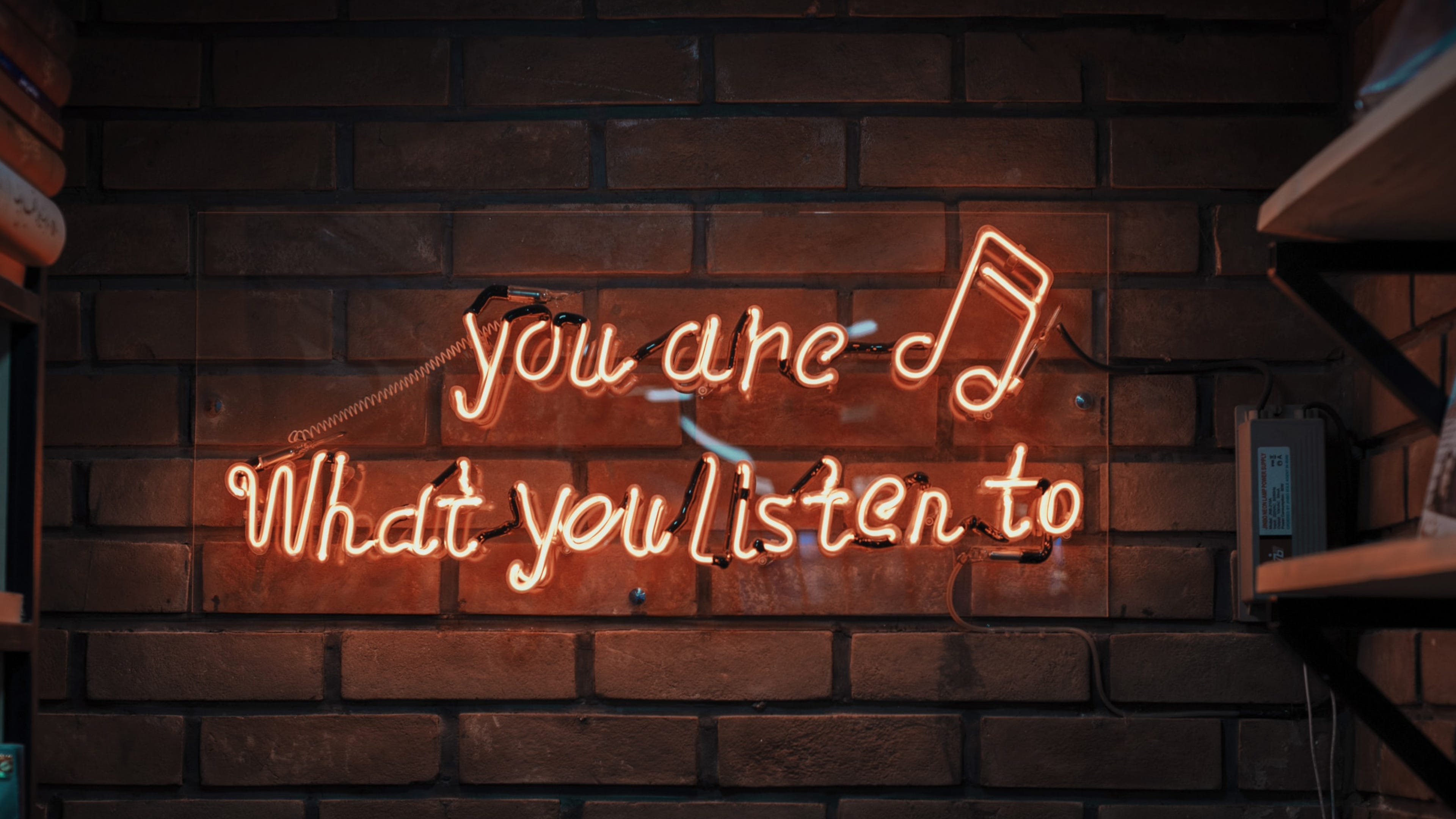How to buy Data-Driven Audio Ads
Digital Audio Ads are now being bought programmatically via DSPs, and according to a DAX study, 68% of UK advertisers will increase spend on audio in the next 12 months. The podcast ad market is set to surpass $1 Billion in the US, and Xaxis said in 2017 that digital audio is the best bargain in programmatic advertising.

DV360, Google’s DSP invested in audio ads. In 2018, Google launched audio ads in DV360, and in 2019, there was an update on audio companions. Since the launch of audio ads in DV360, Google integrated AdsWizz, Soundcloud, Spotify, TuneIn, Triton Digital, Google Ad Manager, and Rubicon Project as audio sources / audio exchanges. Before Google, other DSPs like Audiomatic (AdsWizz) had already audio ads available. The Trade Desk and AppNexus launched programmatic audio capabilities in 2016.
To buy digital audio ads, advertisers use 8 types of data: context, audiences, location, time, demographic, environment, personalization, and attribution.
The context is related to the content of the audio, the playlist, the podcast, or the player itself. Just by targeting the context, an advertiser can target a specific demographic without limiting the reach.
Most of the audio ads are played just to a user, but there are publishers, like Vibenomics, investing in Audio Out-of-Home (AOOH).
If the advertiser wants to go on precision, it can use 1st, 2nd, or 3rd-party data. First-party data is device ids from mobile devices. Second-party data would be like users that subscribe a playlist on Spotify, or other data like subscription information (date of birth, gender, etc). Third-party data is device ids sold by a data provider as targeting, or by a DSP. In third-party data, advertisers sometimes can also find demographics, intent data, or interest data.
Data-driven audio ads can be bought using data signals like location, device type, time of day, day-of-week, weather.
All these targetings for data-driven audio ads can be matched with personalization. That means advertisers can test different ads, or personalize the ads, for the different targetings, and conduct A/B tests, in order to identify the best messages.
Frequency, an adserver for real-time personalized audio ads, is doing the matching between ads and targeting automatically on the adserver side. Frequency says that is serving personalized audio ads to match the listener’s demographic and psychographic information.
Advertisers are able to do this matching manually by using a DSP. An example of optimization is to test a different audio ad for different times of the day, in the morning, at night, and during the day.
Companies are working on the attribution of audio ads. Advertisers can work with mobile measurement partners, as most audio ads are served in-app, or advertisers can use attribution partners like Cuebiq, which brings offline attribution capabilities to digital audio.

